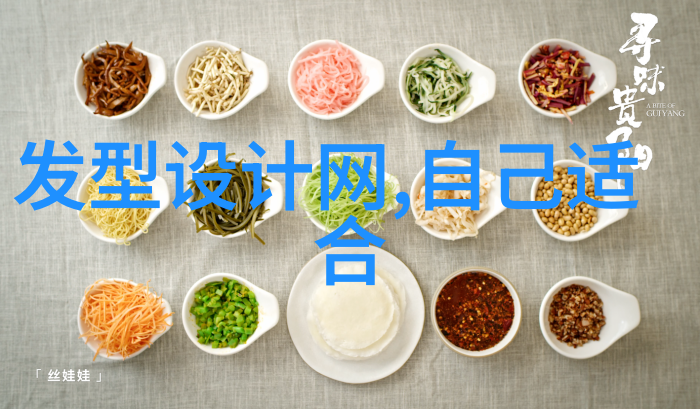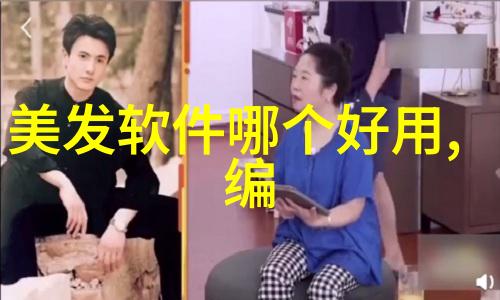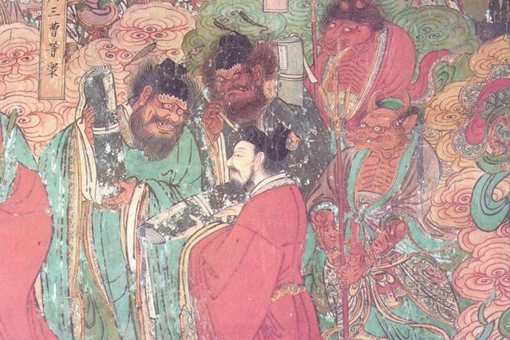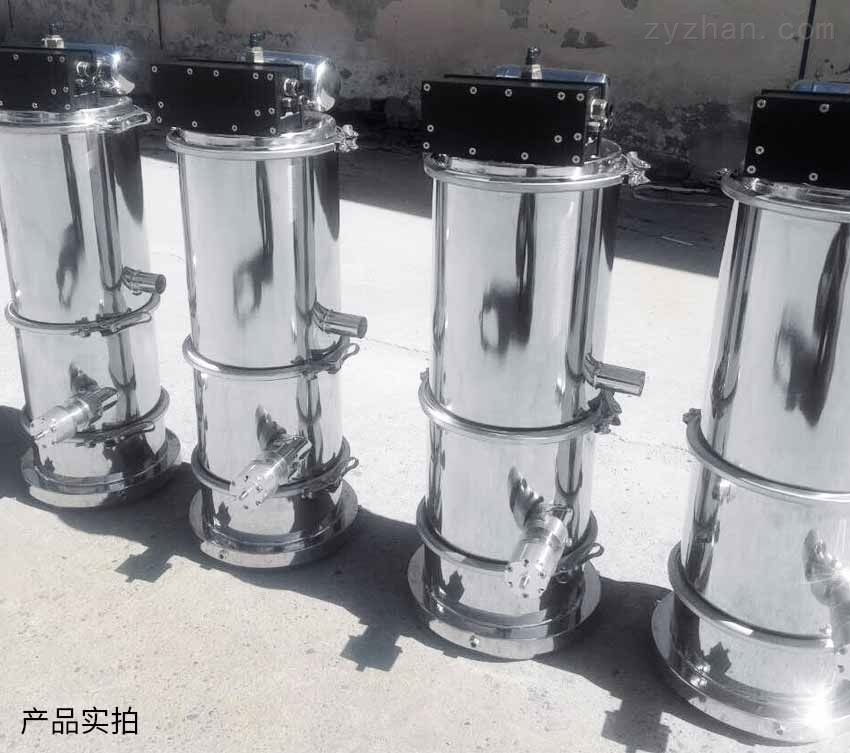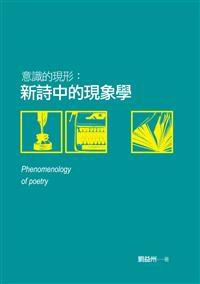Revitalizing Traditional Knowledge: Innovative Approaches to Teaching and Learning hangu

Introduction
In the era of digitalization, traditional knowledge such as the ancient Chinese script known as hangu (Chinese characters) has been facing a crisis. As younger generations are increasingly immersed in technology, they are less inclined to learn these intricate symbols that have shaped their language and culture for centuries. This article aims to explore innovative approaches to teaching and learning hangu, revitalize its significance in modern times, and encourage future generations to appreciate this timeless art form.

The Significance of hangu
Hangu is not just a system of writing; it is an integral part of Chinese culture. It encompasses calligraphy, painting, philosophy, literature—essentially every aspect of Chinese life. These characters hold deep meaning beyond their literal translation; they convey emotions, history, and cultural values that cannot be easily expressed through other means.

Challenges in Teaching hangu
Teaching hangu presents unique challenges compared with other languages or subjects. Unlike alphabetic scripts where letters can be combined at will or replaced by others without affecting meaning significantly, each character carries specific meanings that require careful study and practice.

Learning Curve
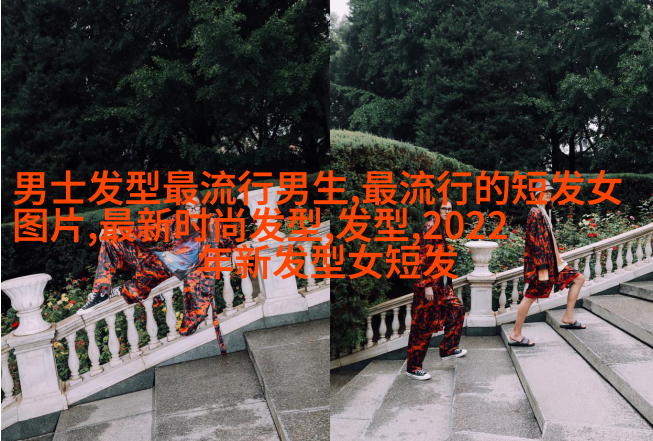
The sheer number of characters poses a significant barrier for learners who must commit thousands upon thousands of strokes into memory before mastering even basic literacy skills.
Cultural Barriers
Understanding the context behind each character's creation requires a strong foundation in Chinese history and cultural background—a subject foreign to many students worldwide.
Lack of Engagement
Traditional methods often involve rote memorization rather than interactive exploration leading young minds astray from finding personal connections with this beautiful script.
Innovative Approaches
Fortunately there exist ways which blend tradition with modernity allowing learners engage more deeply with the world-historic beauty that is hangu:
Technology Integration
Utilize software applications specifically designed for learning hanzi (Chinese characters), such as flashcards apps on smartphones or online tools like Memrise.com which incorporates gamification techniques while still maintaining strict adherence towards proper stroke order rules.
Storytelling Through Art & Literature
Introduce children early on through illustrated storybooks about famous historical figures whose lives were influenced by hanzi usage—their stories could spark curiosity among young readers who may feel disconnected from seemingly abstract symbols otherwise.
Interactive Language Classes
Combine classroom lessons using interactive whiteboards displaying animated illustrations alongside real-life objects featuring relevant words written out in hanzi—a hands-on approach fostering curiosity while reinforcing understanding
Merging Technology & Tradition In Calligraphy Workshops
Incorporate contemporary design elements into traditional calligraphy workshops providing participants opportunities express themselves freely while also honing their skills within long-standing artistic traditions
By embracing these new methodologies we can ensure future generations continue appreciating both practical utility but also profound spiritual depth inherent within this ancient yet ever-evolving symbol set—hanging onto our roots while pushing forward towards an interconnected global society where diverse cultures thrive side-by-side







